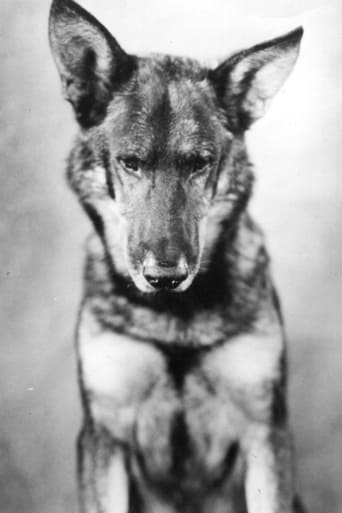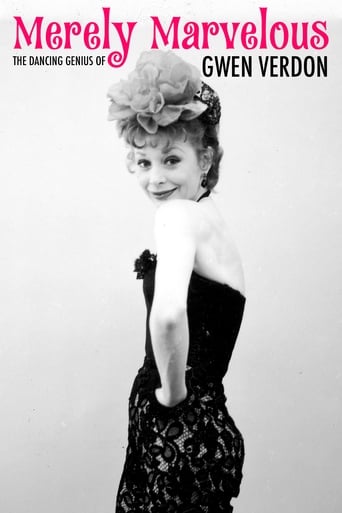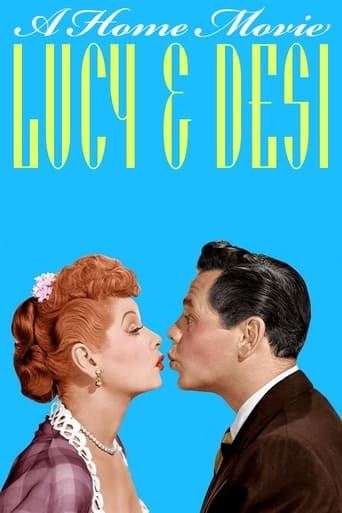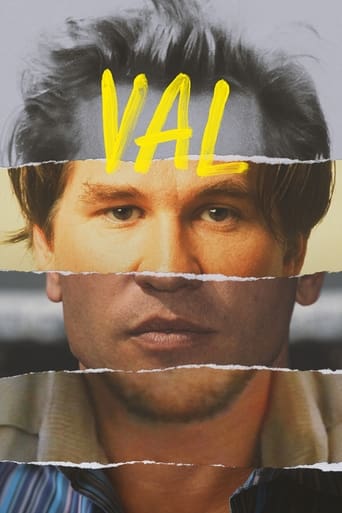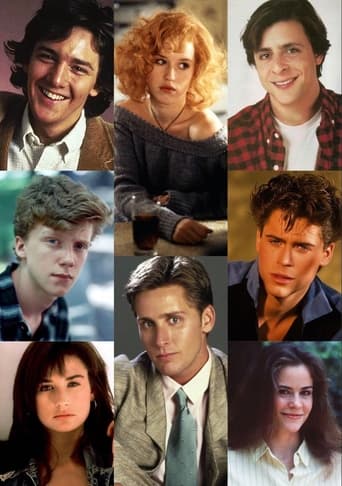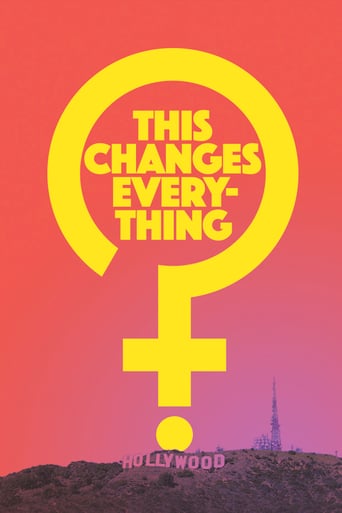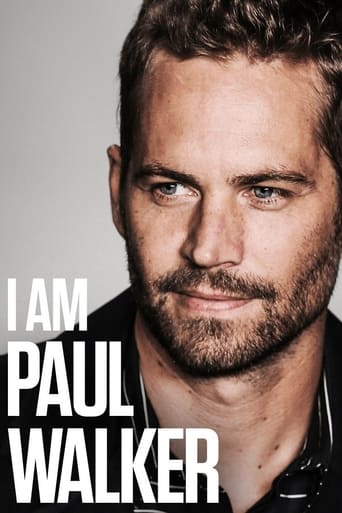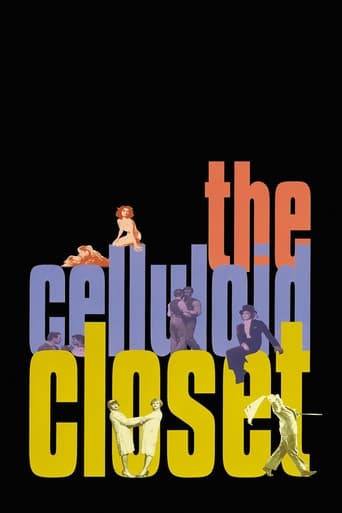
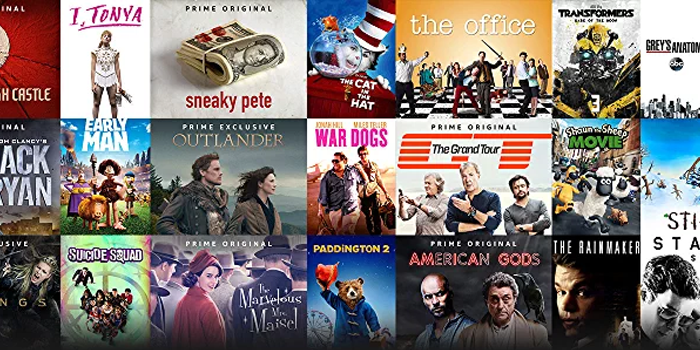
100 Years at the Movies (1994)
Commemorates the centennial of American movies with a montage of clips and music scores from the most important movies of the century.
Watch Trailer
Cast


Similar titles
Reviews
CAREFULLY ASSEMBLED, AND without any visible signs of favouritism toward any period or genre, this one reeler does its best in evoking the steady evolution of the motion picture from humble beginnings in peep show novelty, to the Nickelodeon days, the Silents, the Talkie Era, the Great Depression, World War II and right up through the post-studio system and the advent of the shopping center multiplex.SANS ANY NARRATION, be it flowery and self-congratulatory or not, the 9 minutes of pure cinematic heaven flows by much like a beautiful dream. We aren't sure just how many micro-clips of archival scenes from how many other a film are included and quite frankly, we don't even care to guess.SERVING AS SORT of an audio catalyst in melting all into a single, coherent screen montage, we have a section of the soundtrack of the score for CITIZEN KANE, by Bernard Hermann. The musical quotation used is from the scene where we see a very happy, young 9 year old enjoying his playing in the snow in Colorado. It is repeated several times and is well used in its function in blending it all together.WE'VE LONG BELIEVED that Hollywood oft takes itself far too seriously and tends to exaggerate its own importance as an art form. This ever so brief 9 minutes of shear cinematic pleasure does more than all of the awards shows, red carpet events and gossip could ever hope to accomplish! AS FOR THE rating for this, both Schultz and I say maximum stars allowed!
One of my favourite short films of all time is 'Precious Images (1986),' an unforgettable montage tribute to nearly a century of American cinema. After winning an Oscar for his efforts, director Chuck Workman updated the film to coincide with the centenary of American cinema. Indeed, his supreme editing skills were in high demand during the mid-1990s, when many film associations AMPAS, AFI, TCM were celebrating one hundred years of movies. '100 Years at the Movies (1994),' commissioned by Turner Classic Movies, is a roughly-chronological nine-minute tribute to American movies. Whereas 'Precious Images' was an indiscriminate barrage of moments from any era, though typically tied to a central theme or genre, here Workman's chronology allows the viewer to appreciate the aesthetic and thematic progression of the medium; for example, the abrupt transition from the silent slapstick farce of Chaplin, Keaton and Lloyd, to the quick-witted screwball comedy of Mae West, Cary Grant and the Marx Brothers. Most of all, however, it's about reliving all those wonderful memories.Each regular viewing of 'Precious Images' usually moves me to tears, such is the flood of emotions that accompanies each cinematic image. '100 Years at the Movies' doesn't cover as much ground as its predecessor, offering only a snapshot of the landmark pictures of the twentieth century, and perhaps unduly ascribing more screen-time to some movies over others. The various diverse film clips are generally integrated beautifully, especially a transition from Fred and Ginger in 'Swing Time (1936)' to Gene and Leslie in 'An American in Paris (1951).' Perhaps the only misstep in Workman's editing is his decision to synchronise a clip from 'Lawrence of Arabia (1962)' with Monty Norman's James Bond theme from 'Dr. No (1962)' same year, but different genre! Nevertheless, the film is a treasure of memories for anybody who calls themselves a film buff, resurrecting all those moments whose emotions you had almost forgotten. Additionally, the film served as inspiration for me to see those classics that I haven't gotten around to yet 'Greed (1923)' and 'The Crowd (1928),' for example.
Its shorts like these that make me proud to be a movie fan. This is a well presented account of the first 100 years of American film, shown with small clips. It pops up often on TCM.I find it interesting that it sites certain movies with their title and date, to sort of show that they are landmarks. Some of their picks probably didn't deserve this citing, while others did. The Birth of a Nation, Gone With the Wind, Lawrence of Arabia, Easy Rider, The Godfather, and Raging Bull were perfectly deserving of being highlighted as landmarks, Casablanca, It's a Wonderful Life, and Schindler's List perhaps deserved citations, but The Jazz Singer, 42nd Street, San Fransisco, and Red River certainly didn't deserve it. I can't say anything about Greed, because I haven't seen it, though I'd like to. But films like The Gold Rush, King Kong, Citizen Kane, and The Third Man did deserve to be highlighted, as they all signaled an increase in cinematic merit.The creators of the short made a great choice by repeatedly using Bernard Hermann's score from Citizen Kane through certain moments to create a dreamlike and heavenly nostalgia among the viewers.It doesn't matter that several of the movies are chronologically out of place. They often seem to be separated into genres. One moment has classic gangster flicks like Little Caesar, The Public Enemy and Scarface, the next will have musicals, like Meet Me in St. Louis, The Wizard of Oz, and the Gene Kelly vehicles.It is remarkable how the short can bring out nearly every emotion from the film experienced viewers. We are reminded of thrilling moments, like the car chase in The French Connection, a battle scene from The Adventures of Robin Hood, and the crop duster from North By Northwest. We are reminded of the dramatic moments, like Brando's taxi speech in On the Waterfront, the conclusion of Casablanca, and the battle scenes from The Birth of a Nation. And we are shown clips from the comedic (the oceanliner sequence in A Night at the Opera), to the tense (Gary Cooper waiting for the outlaws in the abandoned town in High Noon), to the unsettling (the horrifying shot of possessed Regan's spinning head in The Exorcist). It all combines to create a dizzying sense of nostalgia and it serves as a reminder of how great it is to be a true movie addict. Of course it has obvious omissions, but they can be forgiven.By the way, Some Like it Hot and Citizen Kane DO make appearances in this presentation. Just very small ones.Rating:O O O O O O O O O O(cinematic bliss)
This Turner Classic Movies production of a century of (mostly) American film (up to Schindler's List) is fast-paced. It begins in chronological order, but then skips during the middle, but returns to chronological order at the end. There are notable omissions (No Citizen Kane, the movie named by the American Film Institute as the Best Movie of the last 100 year; The African Queen, the only film with the Best Actor and Actress of the last century according to the AFI voters - Bogart and Hepburn; or Some Like It Hot, the AFI's pick for funniest movie.) Also no mention of live action or animated shorts (the only animation is of Jerry the mouse dancing with Gene Kelly in Anchors Aweigh; in fact, no Disney film is not even seen.) But it keeps you riveted to see what movie clip will be shown next and you can play along at home.



